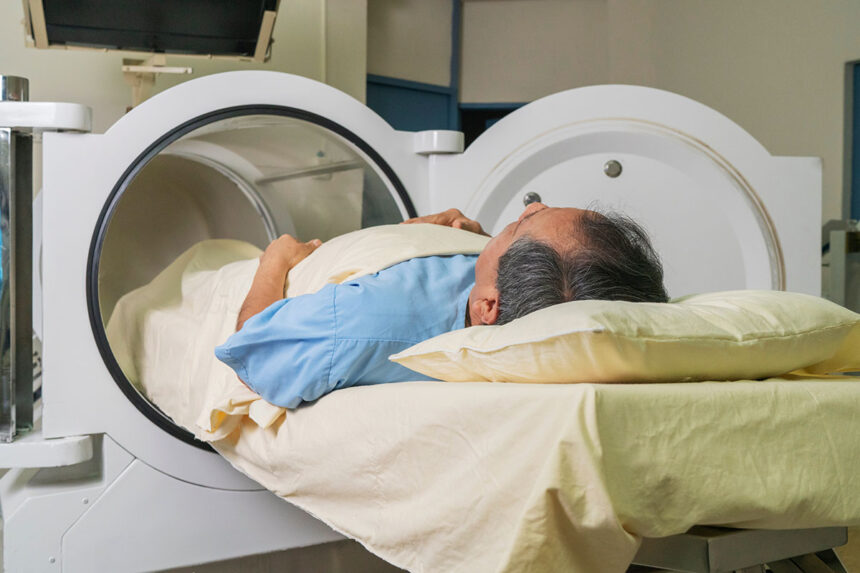From ancient herbal remedies to implanting microchips under the skin, humanity has always sought ways to enhance its capabilities. In recent decades, the term biohacking has emerged, signifying a movement of individuals and communities experimenting with biology to optimize health, performance, and longevity. This blog explores the fascinating history and evolution of biohacking, from its humble beginnings to its current role at the forefront of human enhancement.
Biohacking is about taking control of your biology and pushing the boundaries of human potential through science and technology.
Serge Faguet, tech entrepreneur and biohacker
The Roots of Biohacking
The origins of biohacking can be traced back to the DIY biology movement of the 1980s. At its core, DIY biology aimed to democratize science, making biological experimentation accessible to anyone with curiosity and basic tools. Enthusiasts and amateur biologists conducted experiments in garages and basements, often driven by the belief that science should not be confined to institutional laboratories.

In this era, biohacking was synonymous with grassroots science. Projects ranged from studying microbiology to tinkering with genetics, laying the foundation for today’s more sophisticated approaches to self-optimization.
Early Innovations in Biohacking
The early 2000s marked a turning point for biohacking with the rise of nutrigenomics—the study of how diet influences gene expression. People began experimenting with specific foods and supplements to optimize energy levels, focus, and overall health. Around the same time, the advent of wearable technology like Fitbits allowed individuals to track data such as steps, heart rate, and sleep patterns, further fueling the biohacking movement.

These innovations signaled a shift from DIY biology to self-quantification, where tracking one’s own biological metrics became an essential tool for experimentation.
Biohacking Enters the Mainstream
By the mid-2010s, biohacking had moved beyond fringe science into the mainstream. Silicon Valley played a pivotal role in this transition, with tech entrepreneurs and innovators embracing biohacking as a way to maximize productivity and extend lifespan.
Biohacking is the future of self-improvement. It’s where science meets the human spirit’s drive to thrive and evolve.
Dave Asprey, founder of Bulletproof and biohacking pioneer
One prominent figure in this era was Serge Faguet, a tech entrepreneur who spent $250,000 on biohacking in an effort to “live forever.” As detailed in The Guardian, Faguet underwent a series of cutting-edge interventions, including comprehensive blood tests, wearable tech monitoring, and advanced medical procedures, all aimed at optimizing his body and mind.
Faguet’s extreme approach highlighted the possibilities and limitations of biohacking. While his methods raised eyebrows, they also underscored a growing trend: biohacking was no longer just about DIY experiments; it was becoming a billion-dollar industry.
The Evolution of Grinder Biohacking
A particularly bold branch of biohacking is grinder biohacking, which involves implanting technology into the body to enhance human capabilities. This subset gained traction in the early 2010s, with individuals inserting devices like RFID chips to unlock doors or magnets to sense electromagnetic fields.

Grinders pushed the boundaries of human enhancement, blending biology with technology in unprecedented ways. While some viewed these experiments as reckless, others hailed them as the future of humanity.
The Rise of Longevity Biohacking
In recent years, biohacking has increasingly focused on longevity and aging reversal. Practices like intermittent fasting, cold exposure, and red light therapy have gained popularity for their ability to slow cellular aging and enhance mitochondrial function. Longevity biohackers aim to extend healthspan—the years of life spent in good health—through evidence-based techniques.
The involvement of tech giants like Google’s Calico Labs, which aims to “cure death,” has further legitimized biohacking’s role in extending human lifespan.
Ethical and Regulatory Challenges
As biohacking evolves, it faces growing scrutiny over ethical and safety concerns. The use of unregulated supplements, DIY gene-editing kits, and invasive implants raises questions about risks to health and society.
Additionally, there is concern about the accessibility of biohacking technologies. While practices like intermittent fasting are cost-effective, advanced interventions such as stem cell therapy remain prohibitively expensive for most people. This disparity highlights the need for regulations to ensure biohacking benefits are equitably distributed.
The Observer Research Foundation (ORF) emphasizes the importance of balancing innovation with oversight, advocating for policies that promote safety without stifling creativity.
The Current Landscape of Biohacking
Today, biohacking encompasses a wide range of practices, from simple lifestyle changes to cutting-edge technologies. Key areas include:
- Self-Quantification: Using wearable devices to track health metrics and make data-driven decisions.
- Nutrigenomics: Customizing diets based on genetic data to optimize health outcomes.
- Neurohacking: Enhancing cognitive function through meditation, nootropics, and brain-training devices.
- Grinder Biohacking: Integrating technology with the human body to expand capabilities.
The Future of Biohacking
The biohacking movement shows no signs of slowing down. Emerging trends include:
- Precision Medicine: Leveraging genetic and biometric data for highly personalized health interventions.
- AI-Driven Insights: Combining artificial intelligence with wearable technology for deeper analysis of health metrics.
- Regenerative Therapies: Advances in stem cell research and bioprinting could revolutionize tissue repair and aging.
- Global Collaboration: Open-source platforms are fostering collaboration across countries and disciplines, democratizing access to biohacking tools.
Final Thoughts
From its DIY biology roots to its current role as a global movement, biohacking has come a long way. What began as a curiosity-driven practice has evolved into a multi-faceted field with profound implications for health, longevity, and human potential.
However, as biohacking continues to push boundaries, it is essential to navigate the ethical, regulatory, and accessibility challenges that come with it. By fostering innovation responsibly, we can harness the power of biohacking to benefit individuals and society at large.
The history of biohacking reminds us that the drive to optimize and enhance is deeply ingrained in human nature—and its evolution is only just beginning.
Recent Insights into The History of Biohacking and Its Evolution
“Origins of Biohacking in DIY Biology”
A 2023 study traced the roots of biohacking to the DIY biology movement of the 1980s, which sought to democratize science by enabling individuals to conduct biological experiments outside traditional labs. This grassroots movement laid the foundation for today’s biohacking practices, blending open-source data with self-experimentation.
Read the full study here.
“Silicon Valley and the Biohacking Boom”
A 2024 analysis highlighted Silicon Valley’s role in popularizing biohacking, with tech entrepreneurs like Serge Faguet investing heavily in advanced interventions to optimize health and longevity. The report examined how the tech industry transformed biohacking from a fringe activity into a mainstream trend.
Discover the detailed findings here.
“The Evolution of Grinder Biohacking”
Research from 2023 explored the rise of grinder biohacking, which involves integrating technology with the human body. This subset of biohacking has pushed the boundaries of human enhancement, with innovations like RFID chip implants and magnetic sensors. The study emphasized the ethical and safety concerns surrounding such practices.
Learn more about the research here.
“Ethical Challenges in Advanced Biohacking”
A 2024 report examined the ethical dilemmas posed by advanced biohacking practices like genetic editing and implantable devices. It called for clear regulatory frameworks to address issues such as accessibility, safety, and equitable distribution of biohacking technologies.
Explore the study here.
“The Role of Wearable Technology in Modern Biohacking”
A 2023 analysis discussed how wearable devices have revolutionized biohacking by providing real-time data on health metrics. This shift has made biohacking more accessible, allowing users to track sleep, heart rate, and activity levels with ease.
Read the full analysis here.
“Biohacking and Longevity Science”
Research from 2024 highlighted biohacking’s role in the longevity movement, with techniques like intermittent fasting and red light therapy gaining popularity for their anti-aging benefits. The report explored how these methods, grounded in scientific evidence, are shaping the future of health optimization.
Discover the insights here.
“Economic Accessibility of Biohacking Techniques”
A recent 2024 study emphasized the cost-effectiveness of beginner-friendly biohacks, such as fasting and mindfulness, compared to advanced interventions like stem cell therapy. These methods make biohacking accessible to a broader audience.
Learn more about the research here.
These insights showcase how biohacking has evolved from DIY experiments to a global movement shaping the future of human health and performance. Would you like me to explore any of these insights further?

























Wrote an article solely focusing on meditation or if etc in detail with procedure etc
Tell me about more such projects